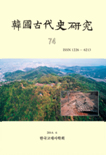Akaroot
DBpia provides support to continue researcher activities such as academic research/group support/education.
Community
It is a networking space where researchers can widely promote their work and expertise, and create opportunities for new collaborations.






